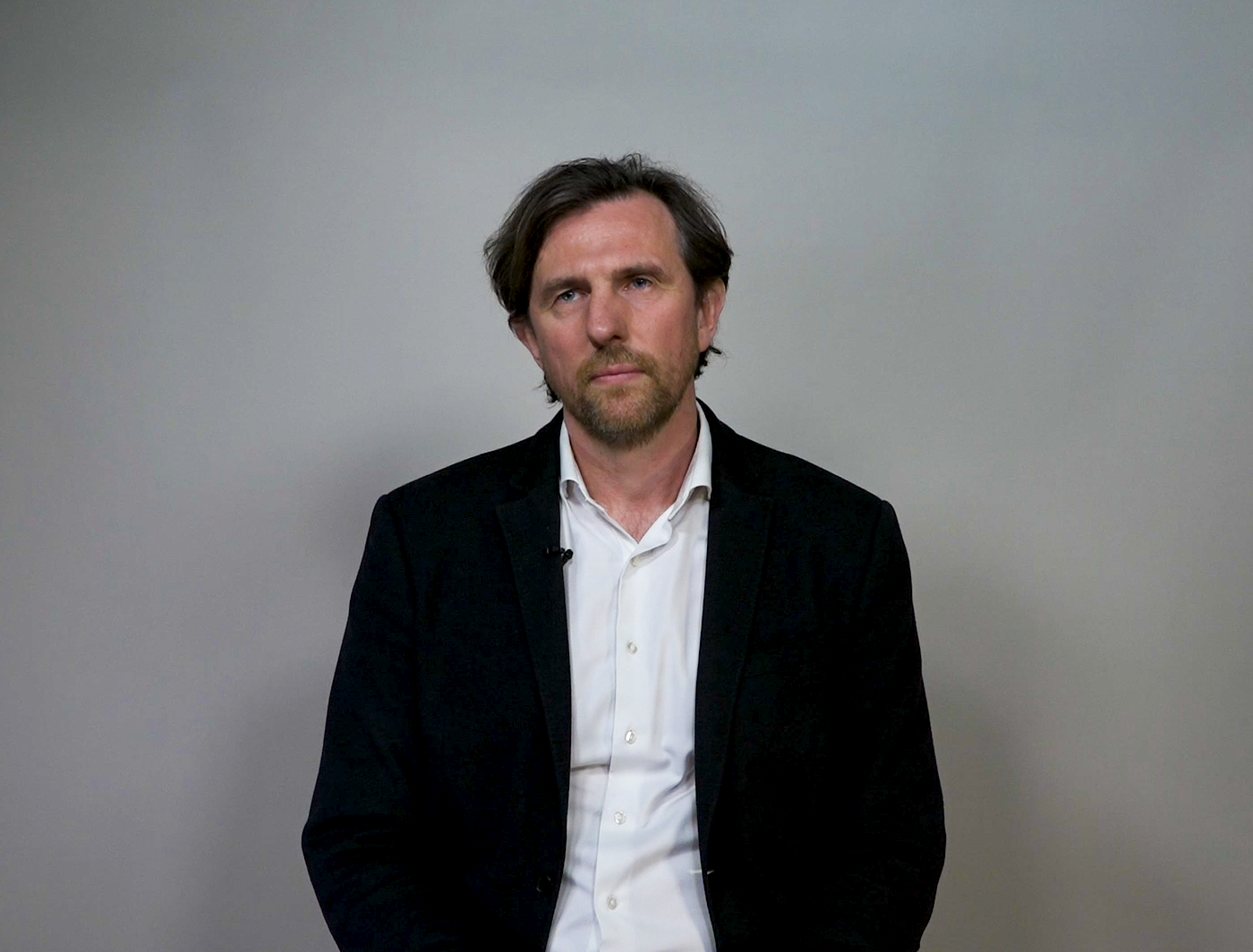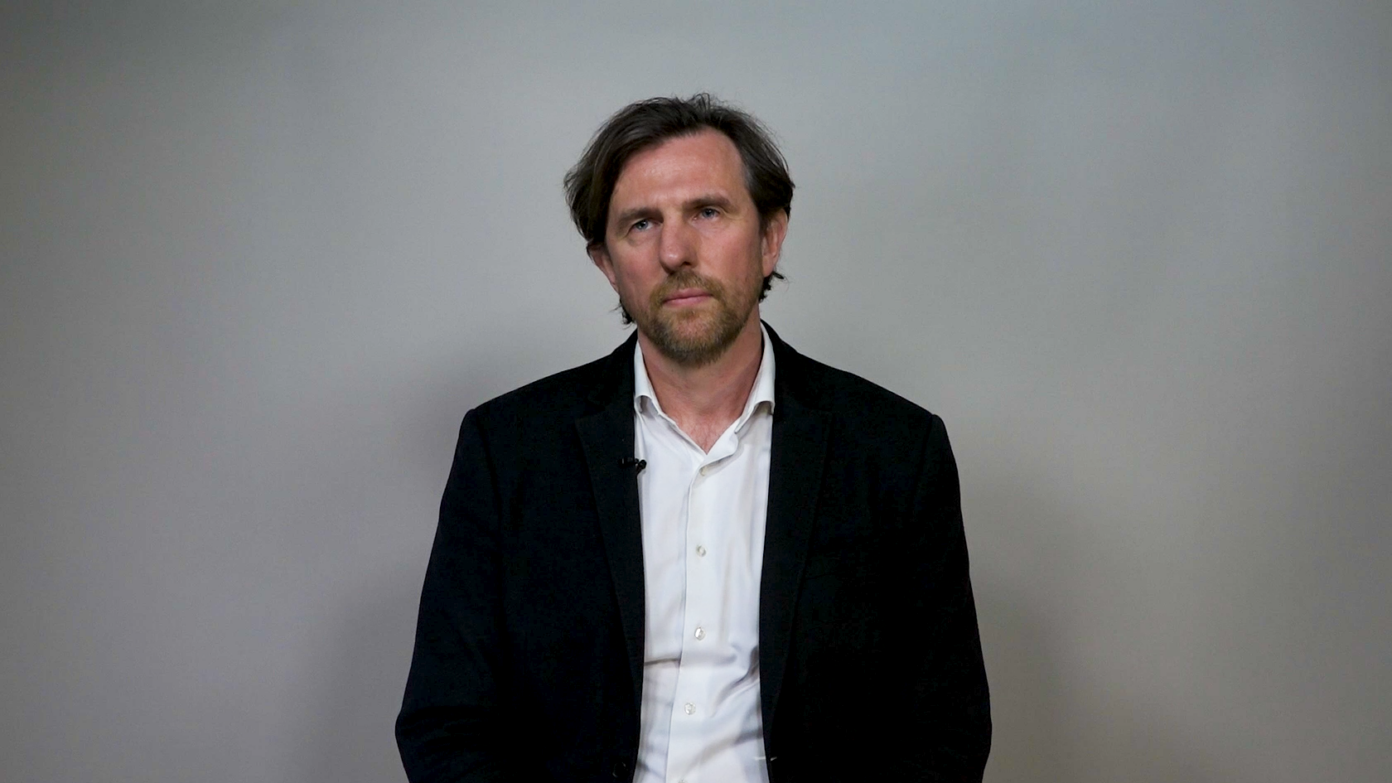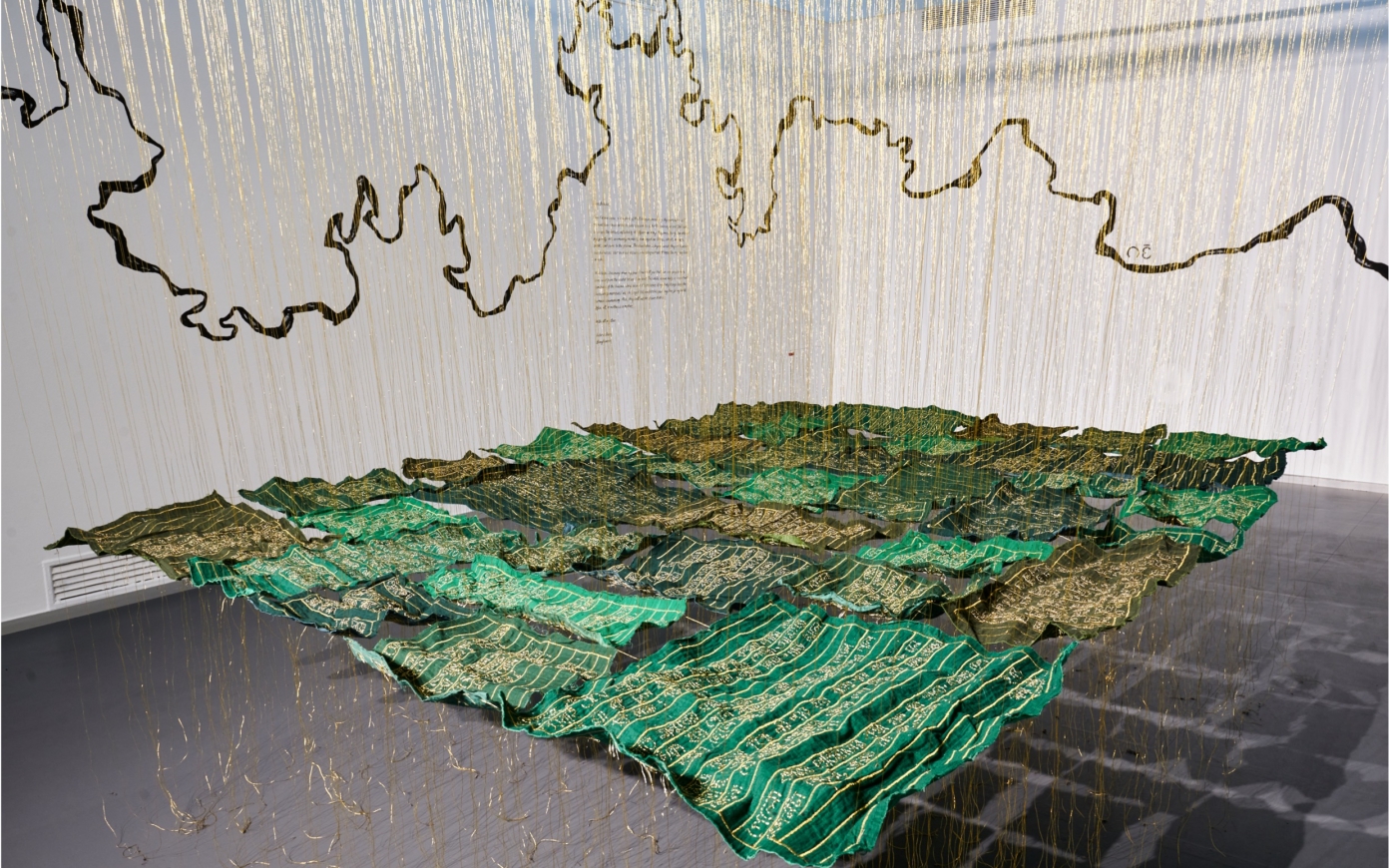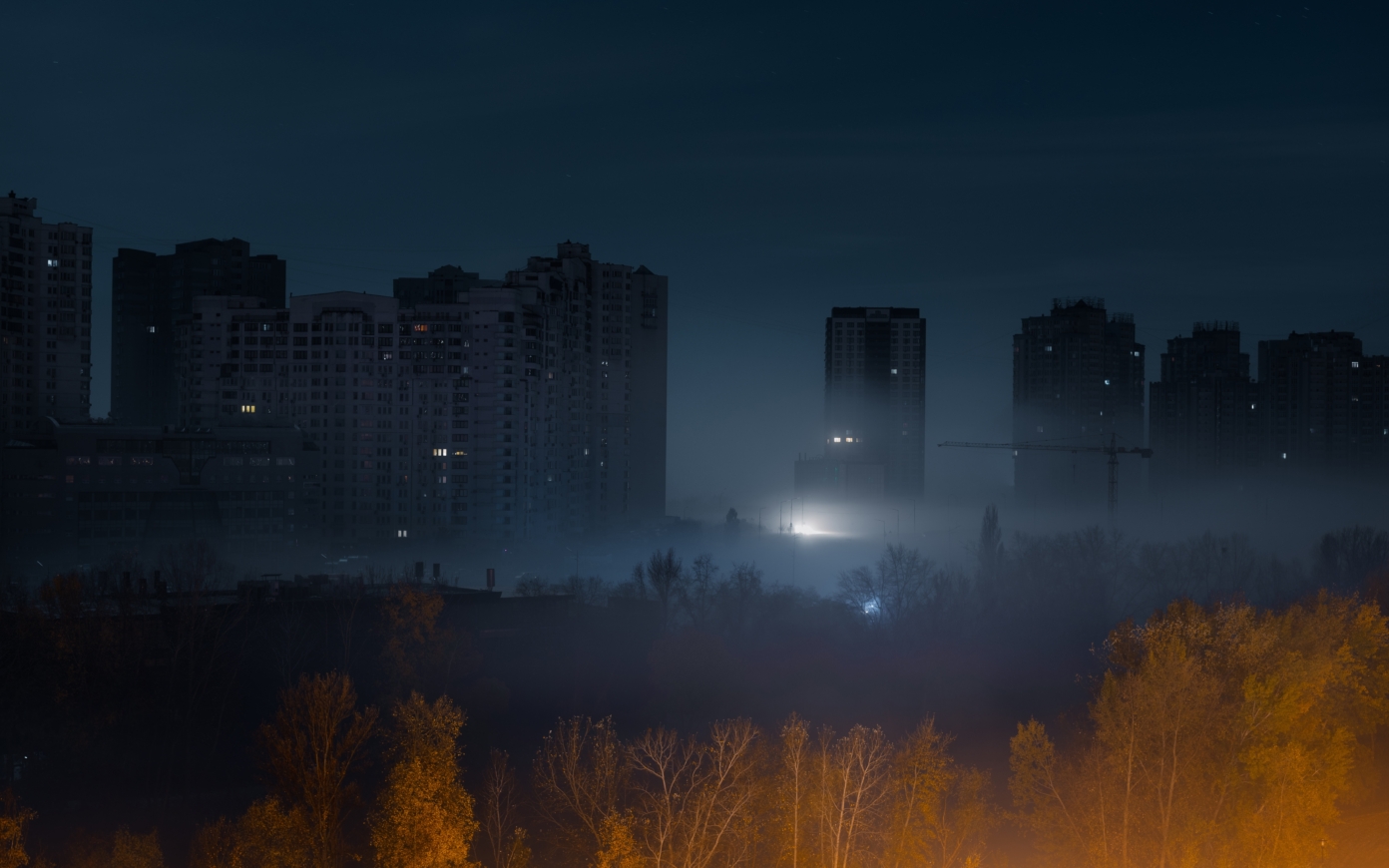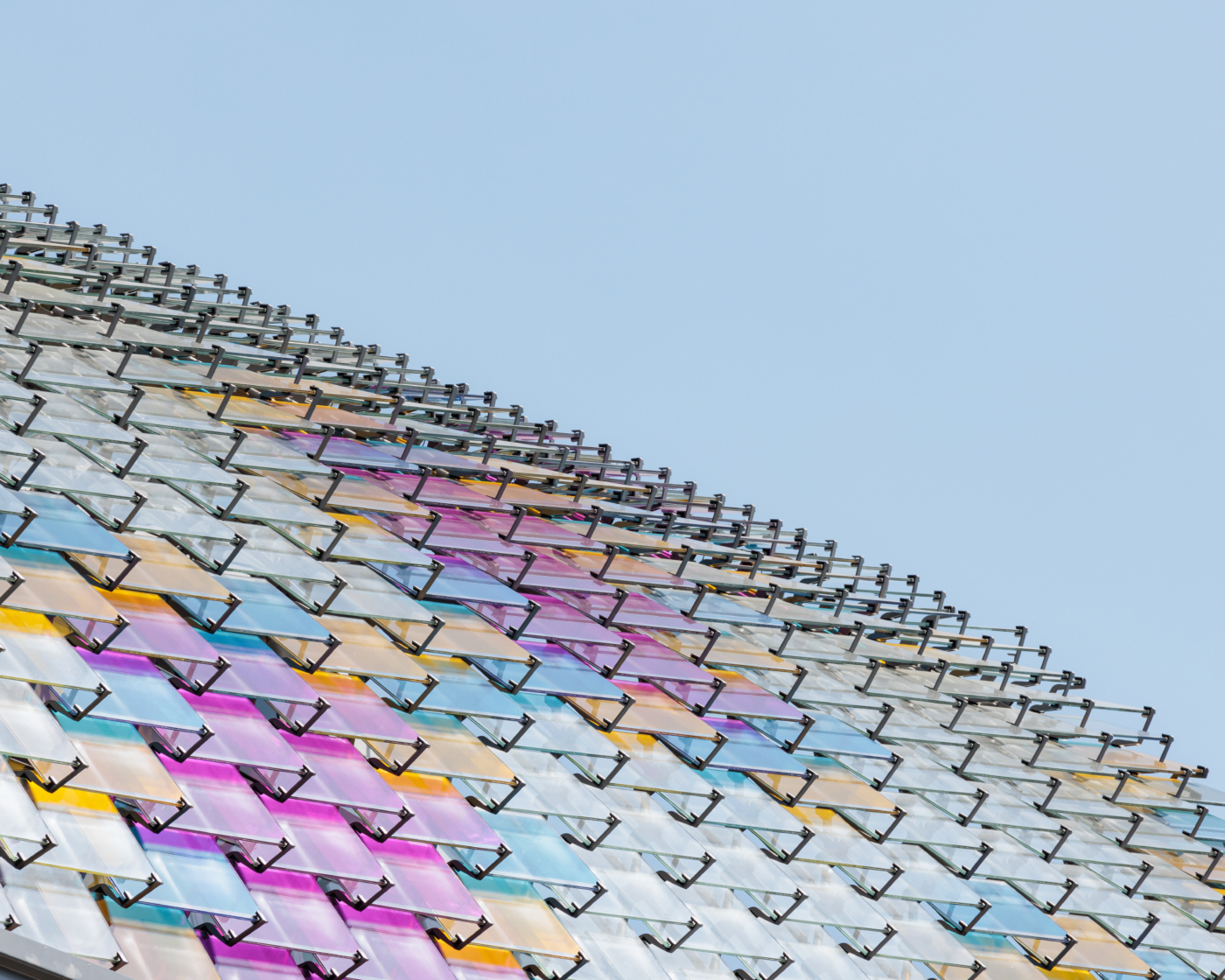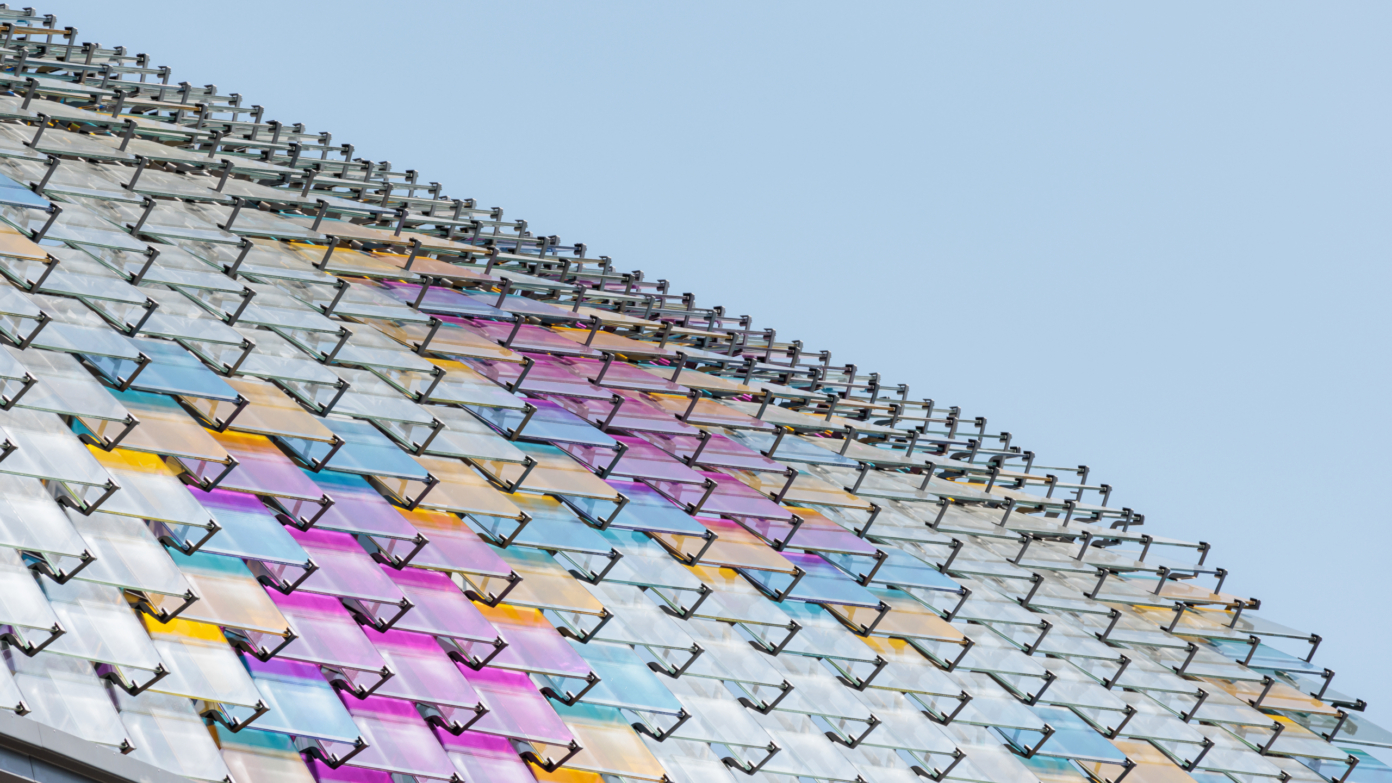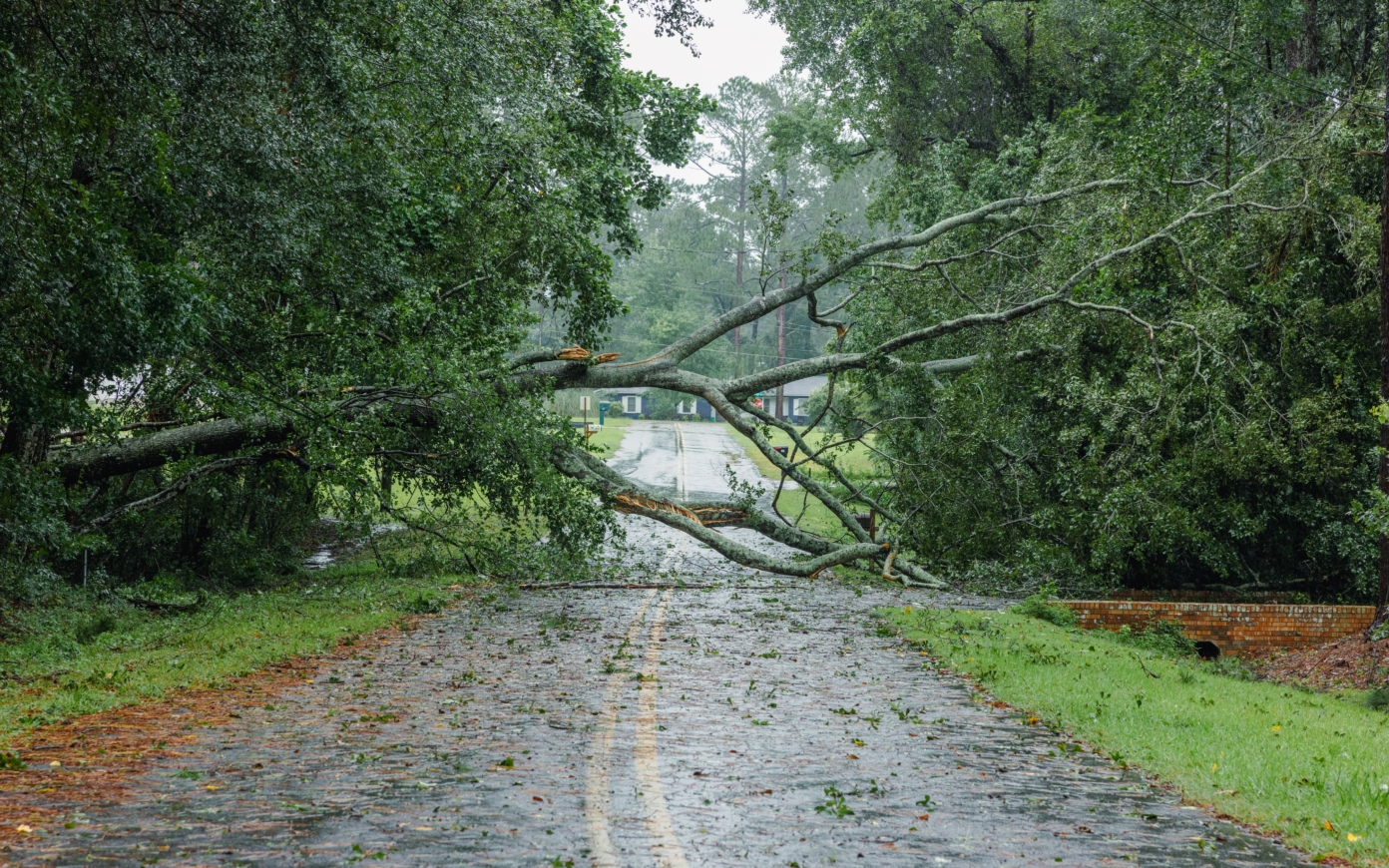Understanding biodiversity

- Publish On 1 October 2018
- Gilles Boeuf
- 4 minutes
Gilles Boeuf is a biologist and professor of environmental physiology at the University Pierre and Marie Curie in Paris.
In this interview, Gilles Boeuf questions our relationship with nature through contemporary environmental issues, specially the collapse of biodiversity. In this way, he encourages us to look to nature as an ally in order to develop factors of resilience, by participating, for example, in reestablishing and enhancing urban biodiversity.

